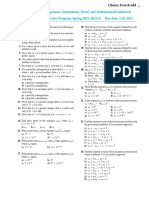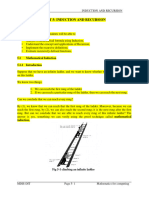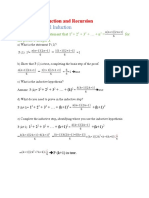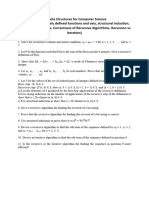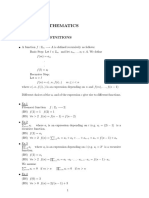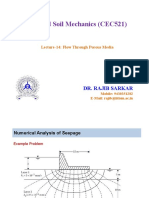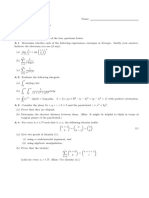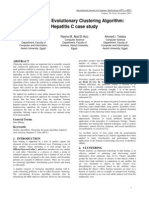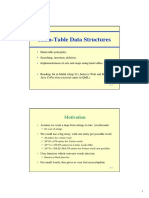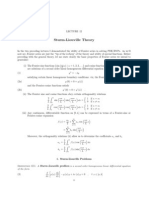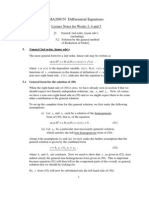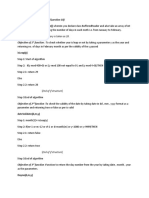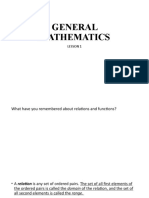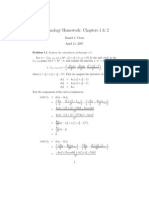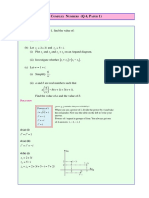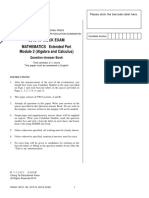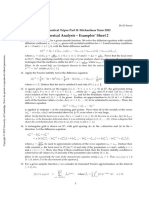0% found this document useful (0 votes)
107 views4 pagesRecursions Problems
Recursive definitions: define an entity in terms of itself. • There are two parts: – Basic case (basis): the most primitive case(s) of the entity
are defined without reference to the entity. – Recursive (inductive) case: new cases of the entity are
defined in terms of simpler cases of the entity.
Uploaded by
Md Muhaimimur Rahman rudroCopyright
© © All Rights Reserved
We take content rights seriously. If you suspect this is your content, claim it here.
Available Formats
Download as PDF, TXT or read online on Scribd
0% found this document useful (0 votes)
107 views4 pagesRecursions Problems
Recursive definitions: define an entity in terms of itself. • There are two parts: – Basic case (basis): the most primitive case(s) of the entity
are defined without reference to the entity. – Recursive (inductive) case: new cases of the entity are
defined in terms of simpler cases of the entity.
Uploaded by
Md Muhaimimur Rahman rudroCopyright
© © All Rights Reserved
We take content rights seriously. If you suspect this is your content, claim it here.
Available Formats
Download as PDF, TXT or read online on Scribd
/ 4









